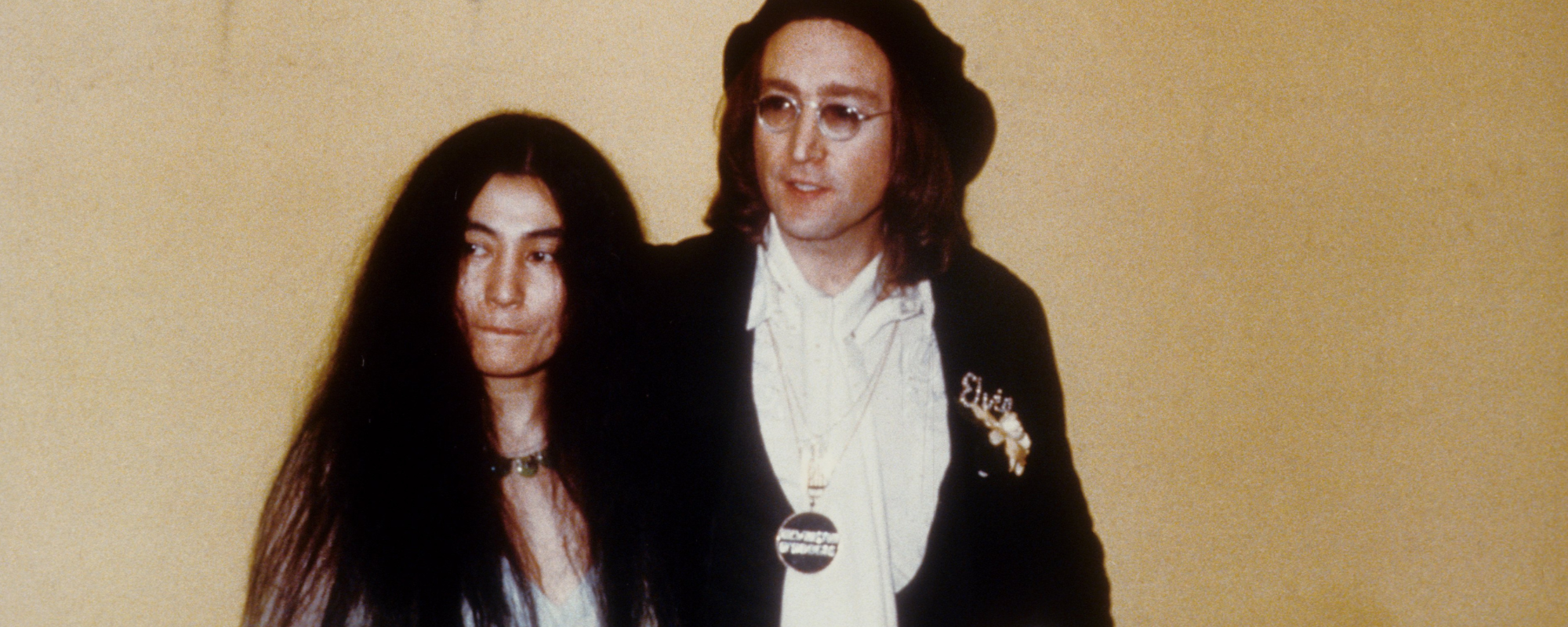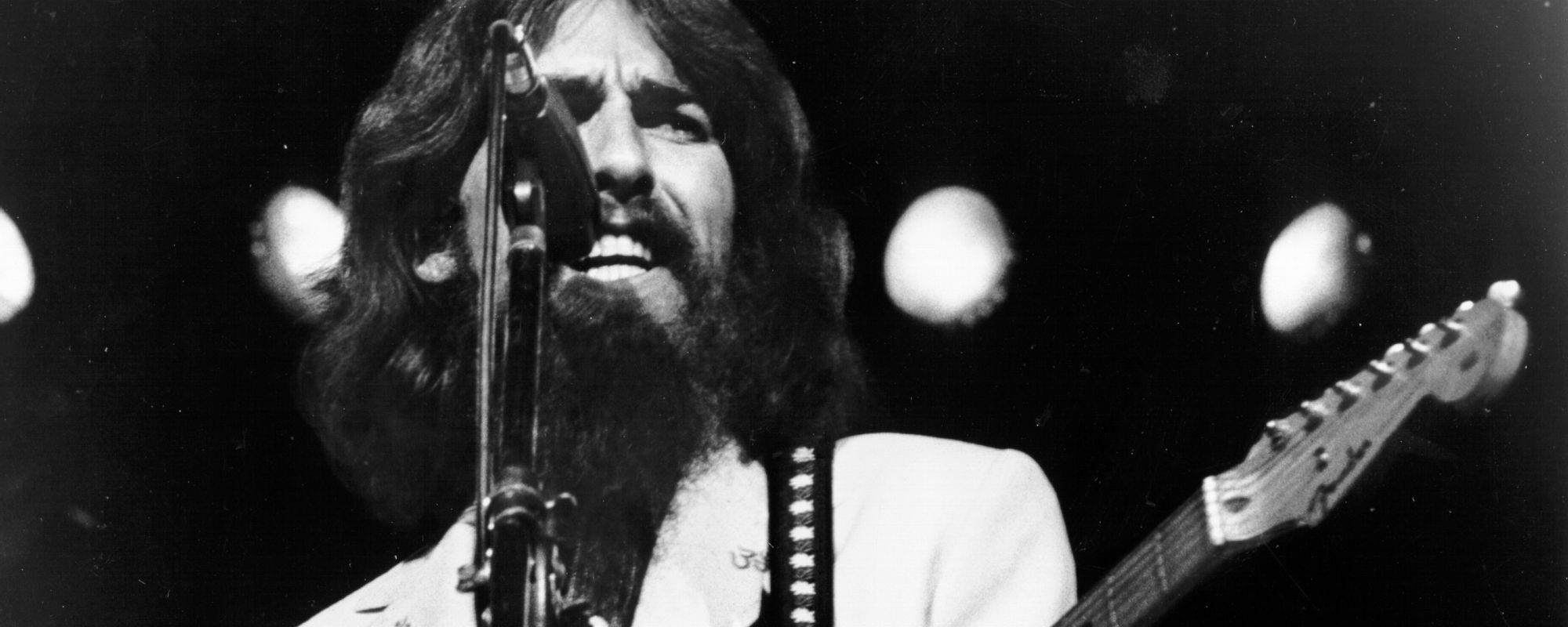The 1985 album Brothers in Arms boosted the veteran rockers Dire Straits to new levels of popularity, with the smash single “Money for Nothing” grabbing many of the headlines. “Walk of Life,” as unassuming as “Money for Nothing” was attention-getting, also charmed audiences on its way to the Top 10 upon its release.
Videos by American Songwriter
What is the song about? What inspired Mark Knopfler to write it? And how did a counterintuitive video help it out on the way to its chart success? Let’s put on our busking shoes and take the “Walk of Life” once more, shall we?
A “Money” Single
The idea that Dire Straits would hit a career peak five albums into their career would have seemed a fanciful one before the fact. They had achieved a consistent excellence through their first four records, which were characterized by Knopfler’s fluid guitar work, his eloquent songwriting, and instrumental chemistry that helped the band transcend their early pub-rock trappings to become reliable arena-fillers.
Brothers in Arms didn’t represent a major leap in quality from the band’s previous records or anything like that. But in “Money for Nothing,” it had a single that transcended the band’s status in the rock world and make them unlikely pop stars. And it made it more likely that future songs from the album would get a good listen.
Then again, it’s possible that “Walk of Life” might have broken through anyway. With a memorable synth riff that Knopfler said reminded him of Cajun music, it had a grabby hook. One of the videos produced for the song also caught fire at MTV. Oddly enough, this clip, which capitalized on the sports bloopers craze of the time, had little to do with the content of the song.
One for the Buskers
For those who don’t know, a busker is someone who plays some sort of instrument in a public place in an informal concert of sorts, hoping to make some money for tips. There’s an especially long tradition of that in Great Britain, from which Knopfler hails. He explained to Ultimate Classic Rock how “Walk of Life” started with a photo:
“I saw a photograph of a kid playing a guitar in a subway, turning his face to the wall to get a good reverb. When I started playing the guitar, because I didn’t have an amplifier, I’d put the head of the guitar on the arm of a chair and put my head on the guitar to try and get into a loud noise. It kinda reminded me of that, I suppose.”
“Walk of Life” originally was nothing but a candidate for a B-side. Eventually, those who heard it started loving it. Not only did it make Brothers in Arms, but it also was chosen as a single.
What is “Walk of Life” About?
On its surface, “Walk of Life” tells the story of a busker named Johnny. But in truth, it’s really about Knopfler paying tribute to the craft involved in drawing in stray audiences with skill and charisma. This guy has all the technique (backbeat, the talking blues) and the intangibles (dedication, devotion).
Knopfler name-drops several popular R&B songs in the lyrics, and then suggests that Johnny can make the emotional content of those songs work in any context: Turning all the nighttime into the day. In the final moments, he seems to expand his admiration to the power music itself to transcend the negative: And after all the violence and double-talk / There’s just a song in all the trouble and the strife / You do the walk, yeah, you do the walk of life.
Of course, Mark Knopfler, an ace guitarist in his own right, knew whereof he was speaking with “Walk of Life.” That it became a hit single and helped to shine further light on the busking pastime likely delighted him. Not to mention that many buskers these days now play their own version of the Dire Straits song that immortalized them in the first place.
When you purchase through links on our site, we may earn an affiliate commission.
Photo by Fin Costello/Redferns












Leave a Reply
Only members can comment. Become a member. Already a member? Log in.